A Bite Sized History Of Whitburn Village
Here is our bite sized history about Whitburn Village. Other posts go into much more detail about specific features within the village.
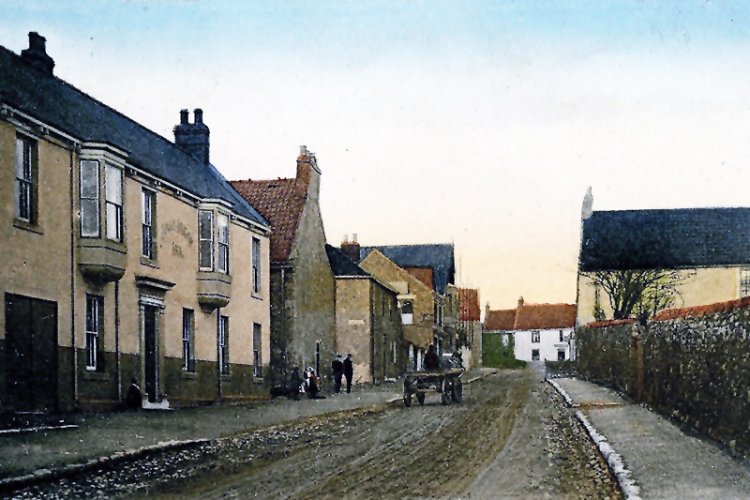
It is suggested that the Whitburn area has had inhabitants as far back as the end of the Ice age, which is backed up by the finding of Mesolithic filnt tools along the coast at Whitburn and towards Marsedn Quarry.
A harppon-head made of antler was found in 1852.
In March 1989 a site considerd most likely Mesolithic was located by archaeologists at Potter's Hole on the coast just south of Souter Lighthouse.
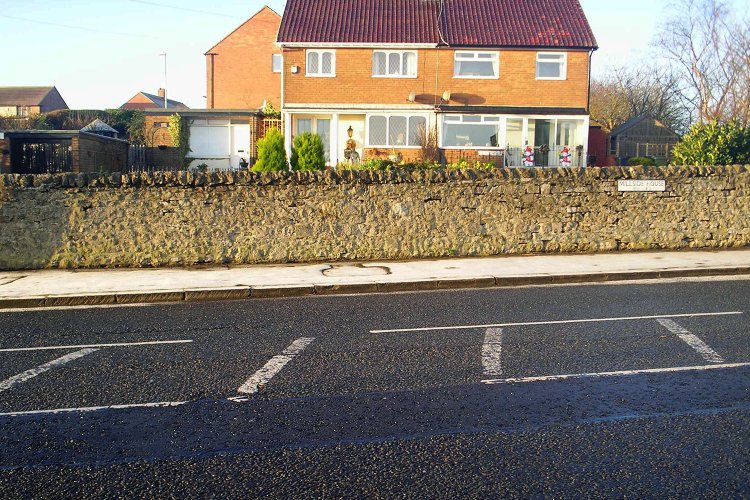
In 1929 a human burial in a stone lined grave (cist) was found during the widening of the road between Wheatall farm and the windmill. The cist is believed to be from around 2,000 BC. The cist is now housed in South Shields museum.
Roman coins are regularly being found in the region and some have been found in Whitburn, with suggestions being that the boats supplying Arbeia Roman Fort in South Shields used Whitburn bay as their staging point.
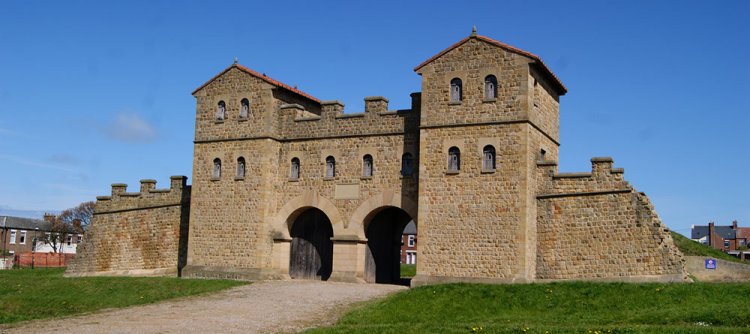
The Venerable Bede is said to have announced that St Hilda (c. 614 - 680) obtained a grant of land for the building of a monastic establishment to the North of the Wear. With one particular historian (Greaveson) claiming it to be a small church that was built on Souter Point in Whitburn, although at this time there is still no solid evidence to prove this. In fact later in history, Surtees another historian dismissed this completely. Maybe we'll get proof one way or another at some point in the future.
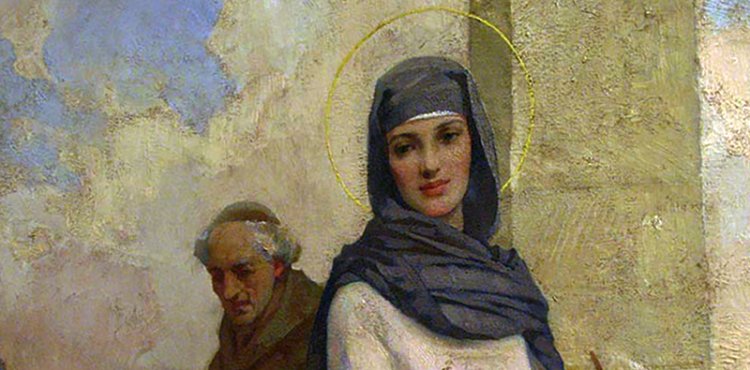
The first written evidence of the existance of Whitburn Village is in the Boldon Buke, Durhams own version of the Doomsday Book, which was compiled in the year 1183. It is written that Whitburn was a small agricultural community paying feudal dues to the church. At the time the village was most likely a 2 row village with a central green, which was quite common back then.
The oldest surviving building in the village and by some distance, is the Whitburn Parish Church. The church itself is quite unusual in that it didn't have a dedication when it was built, although it is said and suggested that the unwritten dedication is most likely St Andrew or St Mary. The main building was built in the 13th century, but it underwent major restoration in 1867/68, but many original features still survive including medievil 12th and 13th century cross slab grave covers. A Sarcophagus was recently discovered that rolls back the Christian history of the parish, possibly taking it as far back as the Anglo-Saxon period.
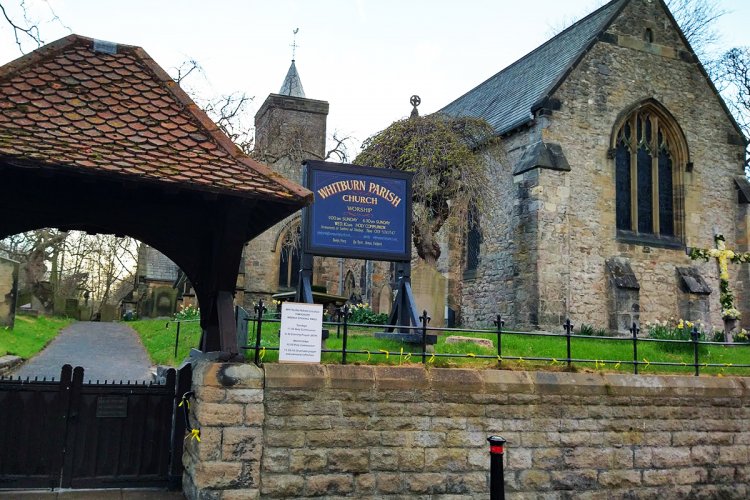
A few medieval artifacts have been found in the area including a silver ring, belt buckle and a bronze plaque which were found at Glebe farm.
An interesting medieval feature within the village is on Moor Lane, which comes in the form of a village pound, also known as a pinfold, originating from Saxon, with "punfold" and "pund" both meaning enclosure. This would have been a feature of most villages at the time and it would have been used to hold any stray livestock that had been found wanderng, until such time as the owner could come and claim said livestock.
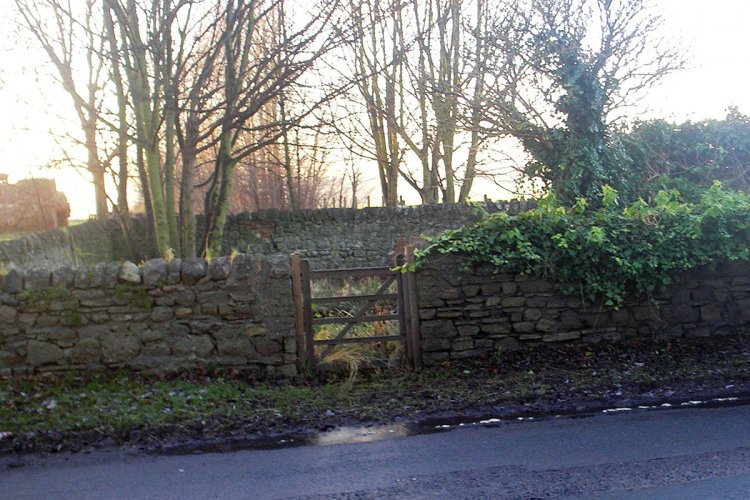
Another feature also along Moor Lane is the village well, which would have been vital to life in the village as the village didn't have proper piped water until the late 1800s.
Until it was bombed during World War II (22nd June 1940), the village had a Tithe barn, which most likely existed from the foundation of the church, which means earlier than 1245. The same bomb that took down the barn, also blew out several windows from the church.
A Tithe is one tenth of something. Which in medieval times translated to villages having to pay one tenth of the farms produce to the church. The produce would have been stored in the Tithe barns.
After the bombing, no attempt was ever made to rebuild or save the barn. Later it's remains were demolished leaving just one wall standing, which was incorporated into a boundary wall and topped with red briuck.
F Whellan wrote in 1894.
Whitburn, is the principal portion of the parish, and comprises the rural village of Cleadon, Whitburn Colliery, and Marsden. The chief industries of this parish consist of coal-mining, farming, and quarrying limestone. Near the Whitburn colliery there is a large paper and pulp manufactory. The coal is worked by the Harton Coal Co., Limited, who have recently acquired the Marsden royalties and Whitburn colliery.
The village of Whitburn, one of the most attractive in the county, is most pleasantly situated on the southern declivity of an eminence, commanding a beautiful prospect of the surrounding country and the sea.
The Bents, a pleasant little fishing village on the south of Whitburn, is where the fishing boats are moored. On the smooth sands here there is good bathing during the summer.
[From History, Topography and Directory of Durham, Whellan, London, 1894]
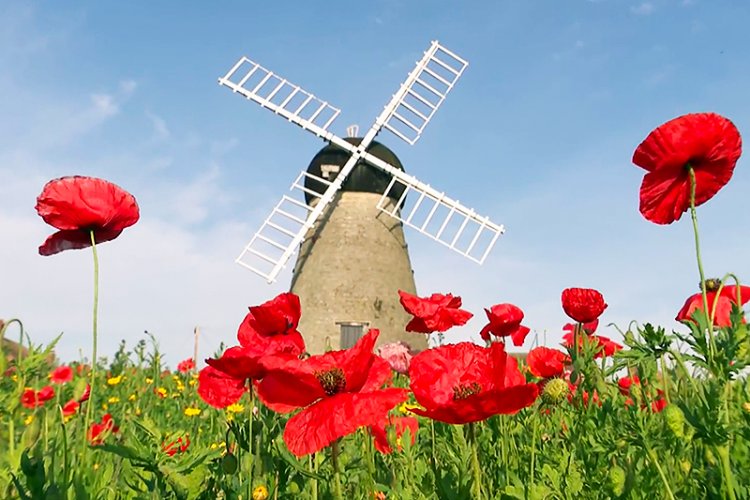
The Whitburn windmill dates back to the 18th century and is a great local landmark. Durham County Council, which also covered the South Tyneside area until 1974, took ownership of the the windmill in 1960. The building is Grade 2 listed as it is considered of special architectural and historical importance. In 1991/92 South Tyneside Council restored the windmill including it's sails, for which it was awarded a Civic Trust Award.
There are currently three schools within Whitburn. Whitburn Village Primary School, Marsden Primary School and Whitburn Church of England Academy (formerly known as Whitburn Comprehensive).
There was 2 public houses in the village until fairly recently, The Jolly Sailor and The Grey Horse. The Grey Horse was recently sold and converted into a local Coop supermarket, although the exterior of the building has been sympathetically kept as was to reflect it's history.
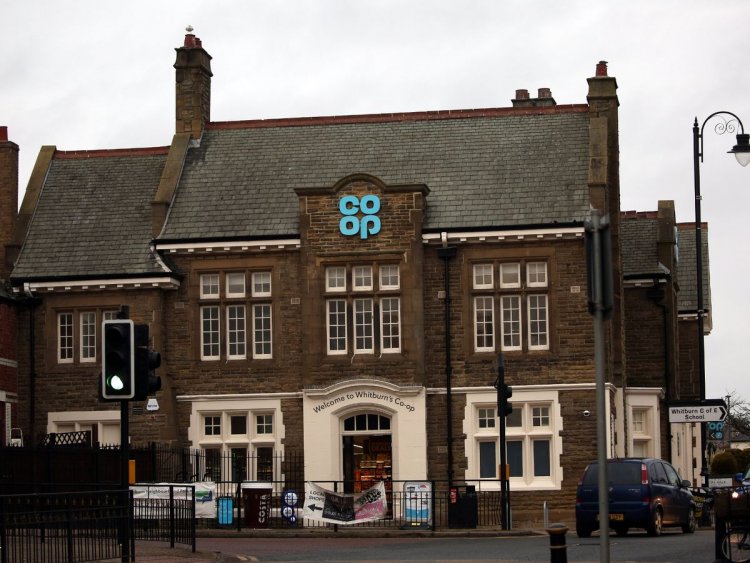
The population of Whitburn Village is around the 7,500 mark, the last official census in 2011 stated at the time it was 7,448.
Today Whitburn has retained its village character, with its main street, parish church, cricket ground and park with bowling greens and tennis courts. It is generally accepted that Lewis Carroll wrote The Walrus and the Carpenter while holidaying at his cousins' house in Whitburn.
C L Dodgson (Lewis Carroll) was a cousin of Mrs Willcox who's husband built High Croft in Whitburn where on occasions Carroll holidayed.

Sources and reference:
B Cauwood 2013 (Marsden Banner Group)
The story of Whitburn -- E L Holmes
Whitburn Parish Church -- Jos Hutchinson
Local history -- Southtyneside council website
Archaeological Practice Ltd --Whitburn Church Lane Assessment
What's Your Reaction?















